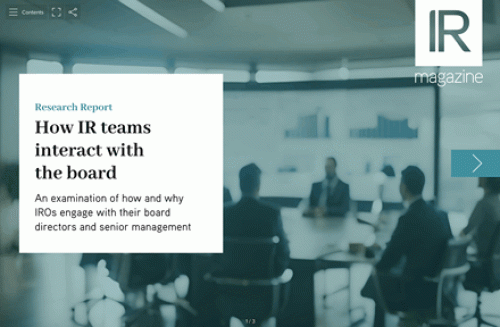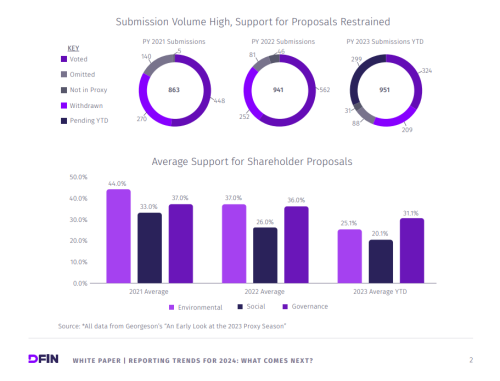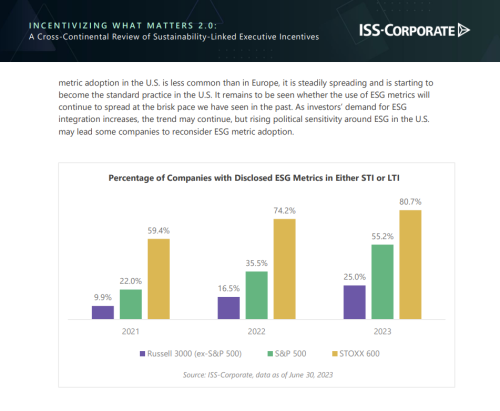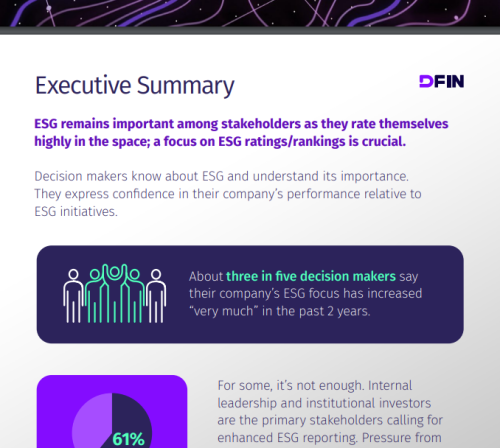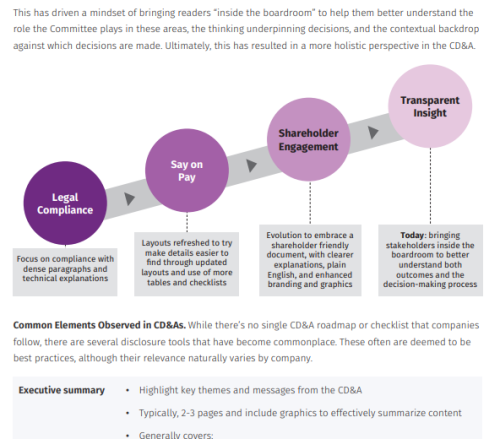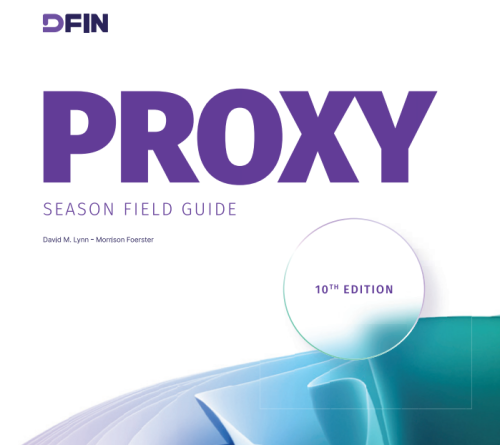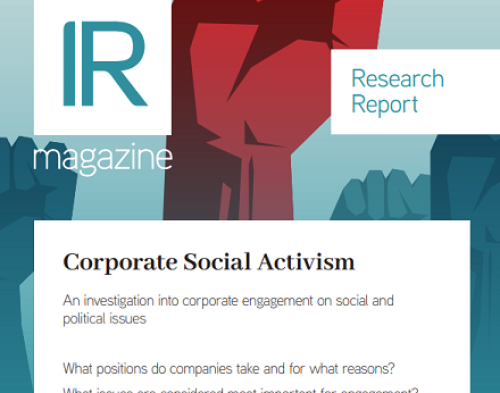Eighty-three percent of investors want statements in ‘plain English’, study shows
Sixty percent of institutional investors in the US skip over the bulk of a company’s proxy statement and go straight to the information on compensation disclosure & analysis (CD&A), according to a survey by RR Donnelley & Sons, the global communications provider.
At the same time, 64 percent say they seek to read the proxy statement summary at the beginning of the document while 20 percent look for a ‘substantive’ statement from the CEO or board in the proxy report.
Only 6 percent of institutional investors say they read proxy statements from start to finish and 12 percent say they don’t read them at all, the study concludes. Another 22 percent say they use ‘other’ methods to examine the statement.
The increasing length of proxy statements, which have doubled to an average of 60 pages from 30 pages in the last 10 years, is also prompting 69 percent of investors to seek access to them through online proxy advisers’ platforms or Broadridge’s ProxyEdge tool, the study shows.
‘As many companies suspect, most investors don’t read proxies from front to back,’ the study authors say. ‘The survey results suggest easy accessibility to key sections is essential to gaining shareholder support during the review and voting process.’
The vast majority of investors – 83 percent – say they prefer to read proxy statements in ‘plain English’ and 67 percent look particularly for charts. Sixty-eight percent say the table of contents has an impact on their proxy review while 60 percent say they are affected by section headings and sub-headings. Only 36 percent say page headers and footers affect their review.
Pay-for-performance alignment is the single most-read topic in a proxy statement, followed by director independence, performance measures and the corporate governance profile, including shareholder rights and anti-takeover measures.
RR Donnelley & Sons surveyed 200 investment management firms, pension funds, mutual funds and others for the study in August and September this year.

